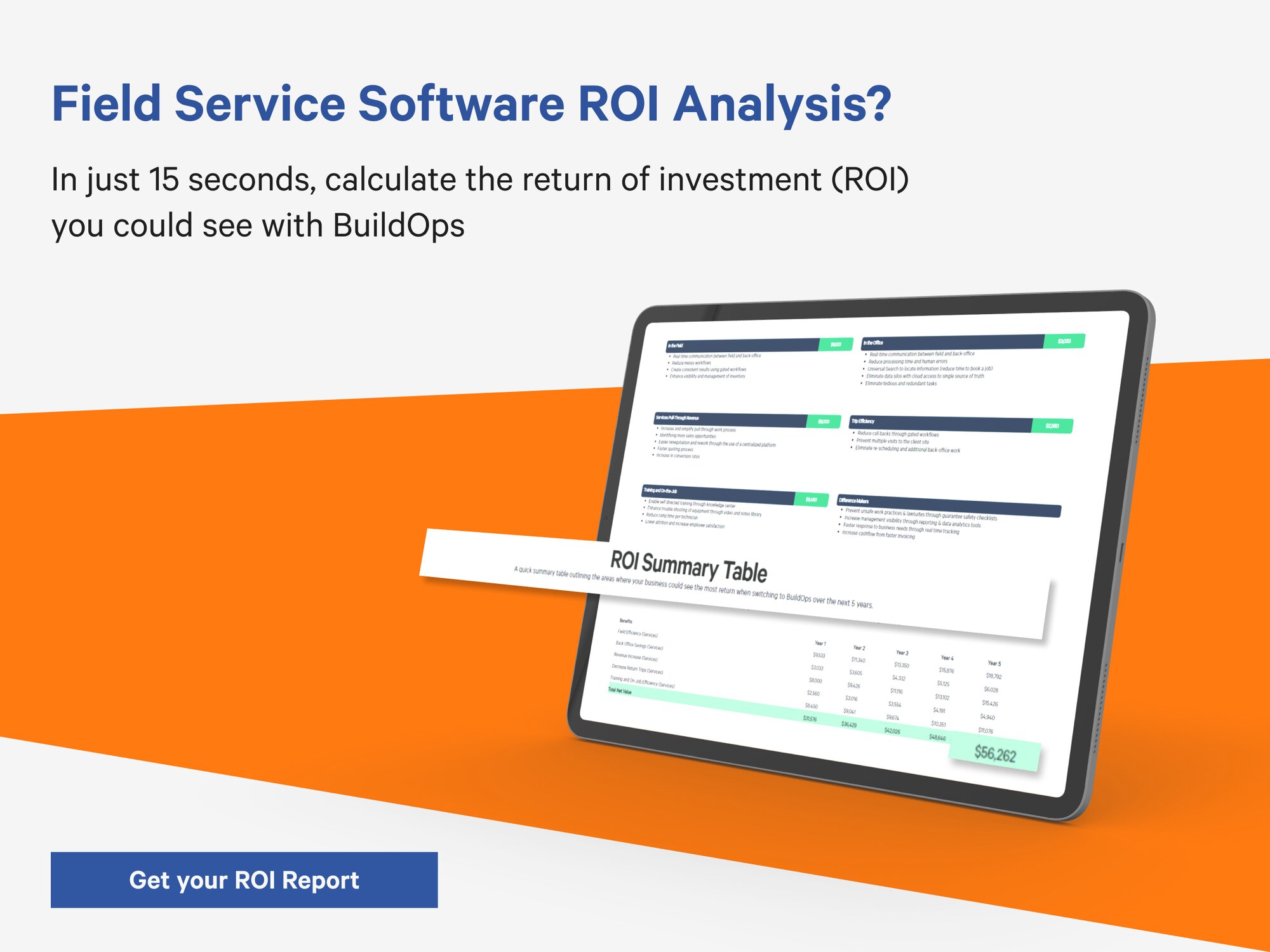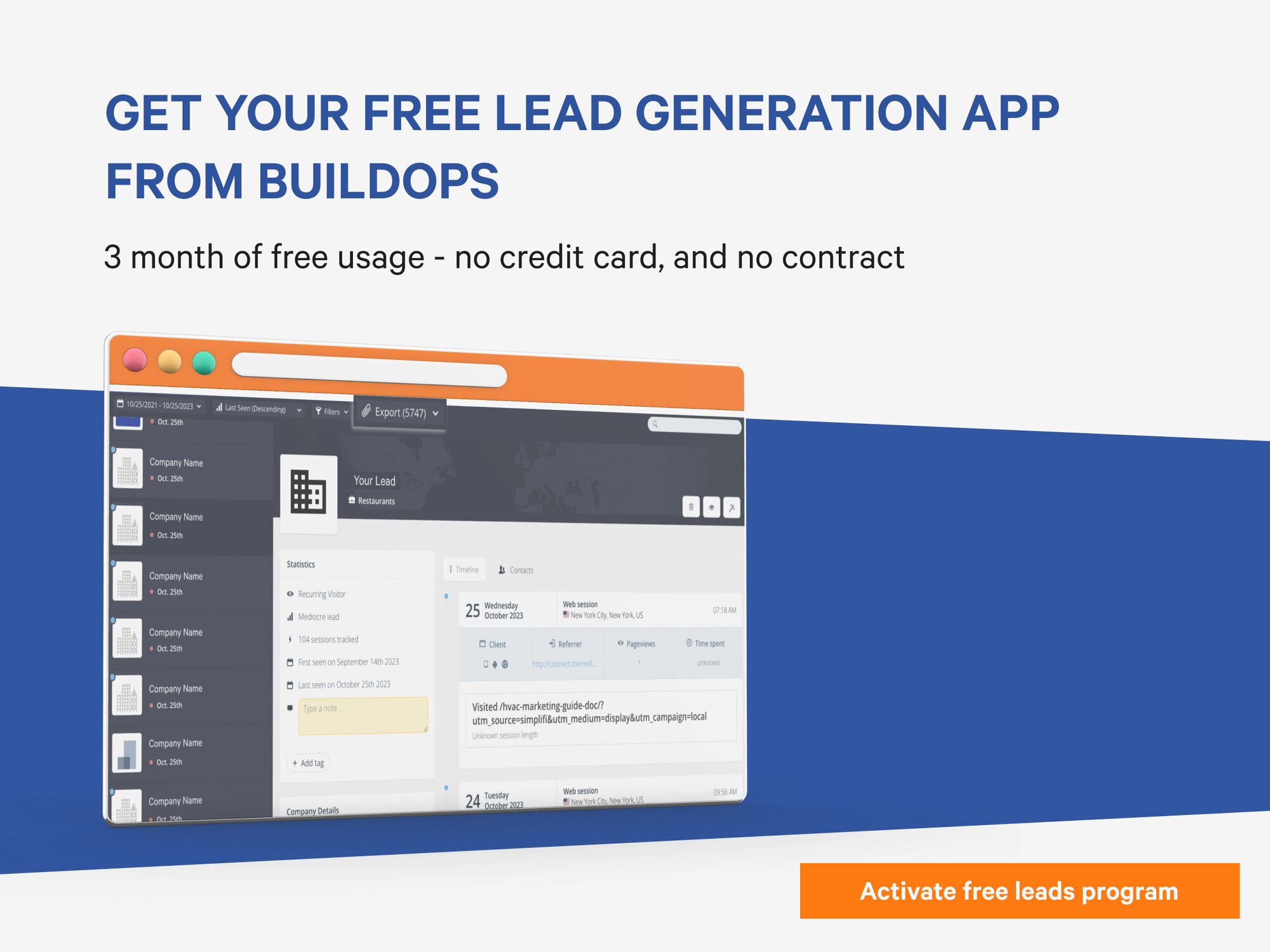
Service routing software is a type of software used to efficiently route customer service calls and inquiries to the most suitable staff, either within an organization or between organizations. It enables efficient and automated service delivery by allowing customer service staff to quickly identify the most suitable individual or department to direct the customer’s issue too.
It typically utilizes a multi-stage routing system that allows customer service staff to effectively manage and prioritize incoming requests. For example, it might initially filter calls via an automated system, perhaps asking for the customer’s name, then depending on that answer, direct the call to a specific department, depending on their issue. Further routing may take place within the department, by assessing the customer’s issue and directing it to the most suitable staff member.
Service routing software also typically enables customers to contact customer service in a variety of ways, including phone calls, emails, and social media inquiries, as well as assigning priority levels to all inquiries and escalating them as necessary to ensure customer satisfaction. It also allows customer service staff to transfer customers from one department to another, and log all customer interactions for reference by customer service staff.
Service routing software helps streamline customer service processes, resulting in more efficient customer service and shorter response times. In addition, it allows customer service staff to be more efficient and knowledgeable, reducing fatigue for both staff and customers.
What are the key features commonly found in service routing software systems?
One key feature commonly found in service routing software systems is a multi-stage routing system, which allows customer service staff to quickly identify the most suitable individual or department to direct a customer’s issue to. This generally utilizes an automated system to initially filter calls, which might ask for a customer’s name or other relevant information. From there, the system can direct the customer’s inquiry to the appropriate department, or assign them to a certain staff member depending on their issue.
Other key features might include the ability for customers to contact customer service in a variety of ways, such as phone, email, and social media, and automated pathways for customers to be further routed within a department. The system may also allow customer service staff to transfer customers from one department to another, and log all customer interactions for reference by customer service staff.
Priority levels may be assigned to all inquiries, allowing them to be escalated as needed to ensure customer satisfaction. This could involve giving certain inquiries higher priority than others, as well as following up with inquiries that have gone unanswered or taken longer than expected to resolve.
Finally, many service routing systems also provide analytics tools that allow customer service staff to monitor performance, customer satisfaction, response times, and other metrics in order to improve service efficiency. This data could then be used to further refine and streamline the route structure in order to further improve customer service.
What are the benefits of using service routing software systems?
Using service routing software systems can provide a range of benefits to both customer service staff and customers.
For customer service staff, using service routing software can reduce the fatigue associated with responding to customer inquiries, as the system is designed to be more efficient and effective. This enables staff to direct customers to the appropriate department or individual much more quickly, improving both customer satisfaction and response times. Furthermore, by using automated pathways, customer service staff can focus their efforts on more important or difficult tasks, enabling them to better manage their workload.
For customers, using service routing software systems can improve customer satisfaction, as customers can expect a much faster response time to their inquiries as they are quickly routed to the most suitable individual or department. Additionally, customers can use service routing systems to contact customer service in a variety of ways, such as phone, email, and social media. This makes it easier for customers to interact with customer service in the way that suits them best, increasing customer satisfaction.
Overall, using service routing software systems can help to maximize customer service effectiveness and efficiency, resulting in a better customer experience for all.
What types of customer service interactions are suited for service routing software?
Service routing software can be used in a variety of customer service interactions, as it is designed to quickly direct customers to the most suitable individual or department for their inquiry. This makes it ideal for responding to inquiries related to billing and payments, order processing, technical support, product inquiries, and more. It can also be used for more complex customer issues such as complaints and grievances, allowing them to be routed directly to an appropriate staff member or department.
Moreover, service routing software systems are well-suited for managing high volumes of incoming customer queries. By automatically filtering calls and directing them to the right person or department quickly and effectively, they reduce response times while also increasing efficiency among customer service staff. This allows them to better manage their workload and focus on more important tasks.
Overall, service routing software systems can help improve customer satisfaction by providing a more efficient way to respond to customer inquiries. This makes it an ideal solution for organizations looking to streamline their customer service processes and enhance the customer experience.
How easy is it to customize service routing software?
Service routing software is designed to be highly customizable, allowing users to modify the route structure according to their specific needs. This enables organizations to tailor the customer service process to meet their unique requirements, such as directing certain inquiries based on customer type or inquiry type.
Furthermore, service routing software systems are often integrated with existing customer service management systems and contact center solutions, making it easy for organizations to add new features and functions without needing additional IT support. Additionally, many service routing software providers offer additional customization options that can be used to further improve its effectiveness.
Overall, by leveraging its customizability, service routing software can greatly improve an organization’s customer service processes while also providing a better experience for customers. This makes it an ideal solution for organizations looking to optimize their customer service processes.
What types of reporting and analytics does service routing software offer?
Service routing software systems typically offer a range of reporting and analytics features that allow users to monitor and analyze their customer service processes. This includes performance metrics such as average response time, missed calls, abandoned calls, wait times, successful interactions, and more. By using these reports, organizations can gain valuable insight into the effectiveness of their customer service operations and identify areas for improvement.
Additionally, some service routing software solutions include advanced analytics capabilities that enable users to generate even more detailed insights about their customer service processes. This includes predictive analytics which helps users identify trends in customer behavior as well as potential opportunities to improve the overall efficiency of their operations.
Overall, by leveraging its reporting and analytics capabilities, service routing software provides organizations with valuable insights into their customer service processes. This helps them to optimize their operations and deliver a better experience for customers.
How can service routing software help reduce customer service costs?
By streamlining the customer service process and automating certain tasks, service routing software can help reduce operating costs for organizations. By directing inquiries to the right person or department quickly, it reduces response times while also improving staff productivity. This helps organizations save time and resources, which can result in significant cost savings over time.
Moreover, service routing software systems are designed to be highly customizable and scalable, allowing users to quickly adjust route structures as needed with minimal effort. This enables organizations to easily adapt their operations and ensure that they remain cost-effective even as their customer service needs evolve.
Overall, by leveraging its effective routing capabilities and scalability options, service routing software can help reduce customer service costs while also providing an improved experience for customers. This makes it an ideal solution for organizations looking to optimize their customer service operations.
How are customer inquiries assigned priority levels when using service routing software?
When using service routing software, customer inquiries can be assigned priority levels based on specific criteria. This allows organizations to prioritize certain requests or customers based on the urgency of their inquiry. For example, they can assign higher priority levels to inquiries from VIP customers or urgent requests while assigning lower priority levels to inquiries that are less time-sensitive.
In addition, most service routing software systems also allow users to customize the criteria used for assigning priority levels. This enables organizations to tailor the system according to their unique requirements and ensure that all customer inquiries are routed accordingly.
Overall, by leveraging its customizable features, service routing software helps organizations manage customer inquiries more effectively and provides a better experience for customers. It is an ideal solution for organizations looking to improve their customer service operations.




